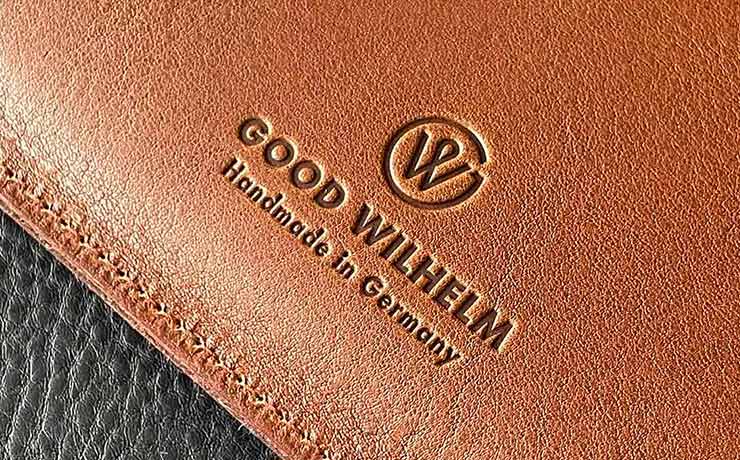We only use pure vegetable-tanned, full-grain vachetta leather.
For our high-quality products, we only source the best
the best parts of the hide. All our leathers are hand-picked,
vegetable tanned and come from Northern Europe.
Materialmix sehr gelungen, Alu und Holz und die Haptik einfach prima, passt in jedes Ambiente und ist praktisch in der Funktion…...
Ich trage diese iPhone Hülle seid ca. 2 Wochen ,
bin sehr zufrieden.
Keinerlei Abnutzung an den Kanten oder Ähnliches
Kann ich weiter empfehlen.
Sehr sehr gute Qualität und Verarbeitung.
Danke euch 😊
Kann ich nur empfehlen. War ein Geschenk es kam sehr gut an. Angenehmes Gefühl beim Arbeiten am Schreibtisch. Sehr hochwertig und nachhaltig.




